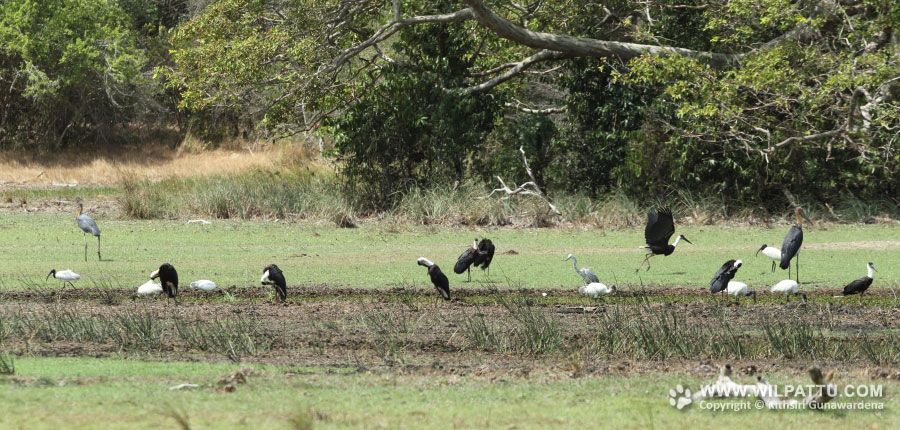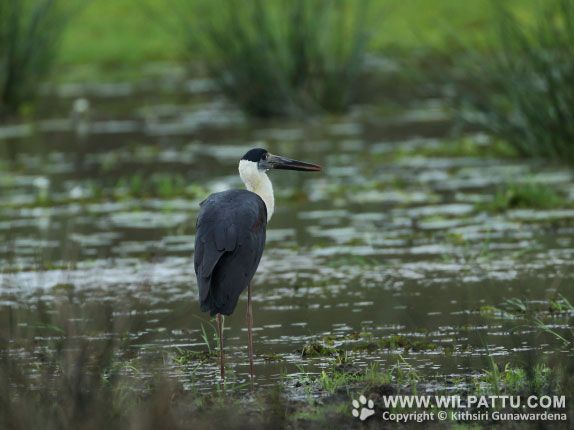
Birds ‹‹ Go Back
This is a breeding resident that is found from the lowlands to the mid hills of the country. It breeds from India to Indonesia and in Africa. Three subspecies have been recognized. C.e. episcopus, the nominate race, is found in Sri Lanka, India to Indochina and the northern Malay Peninsula. C.e.microscelis in tropical Africa and the third race C.e.neglecta in Java.
The conservation status of the species under reference is regarded as Least Concerned (National Red List 2012).
This species is protected under the Fauna and Flora Protection Ordinance as amended by Act No. 22 of 2009.
I have seen this species mostly in the dry lowlands and it is a regularly seen species at all our dry zone national parks. However I have seen it breeding at Belihuloya in the wet zone and flying over Pitawala Pathana’ in the Knuckles Forest Reserve at an altitude of 1200 meters. In 2005 I observed a pair at a paddy field in Balangoda at an altitude of 756 meters. In January 1999 I observed a nest of this species for the first time at Siyambalagaswewa’ a forested tank at Polonnaruwa. One adult bird was seen in the nest, which was built on a dead tree stump in the middle of the tank. It was a mass of sticks about 25 feet from the water. I observed this same nest being used by the birds the following year as well. I have observed nesting of this species at a few localities including Yala and Wasgomuwa National Parks mostly during the months of January to March. During the dry season these birds enjoy a season of plenty; they congregate at the water bodies which are drying up to feed on fish and the frogs which become easy pickings. I once observed 12 birds at a small water body teeming with fish in Kaudulla National Park.
This is a regularly seen species at Wilpattu. They are usually seen singly or in pairs. However during the dry season they gather at Maradanmaduwa, Thimbiri Wila and Kumbuk Wila. On 3rd August 2013 I counted 13 birds in the company of other water birds and storks at Kumbuk Wila.


